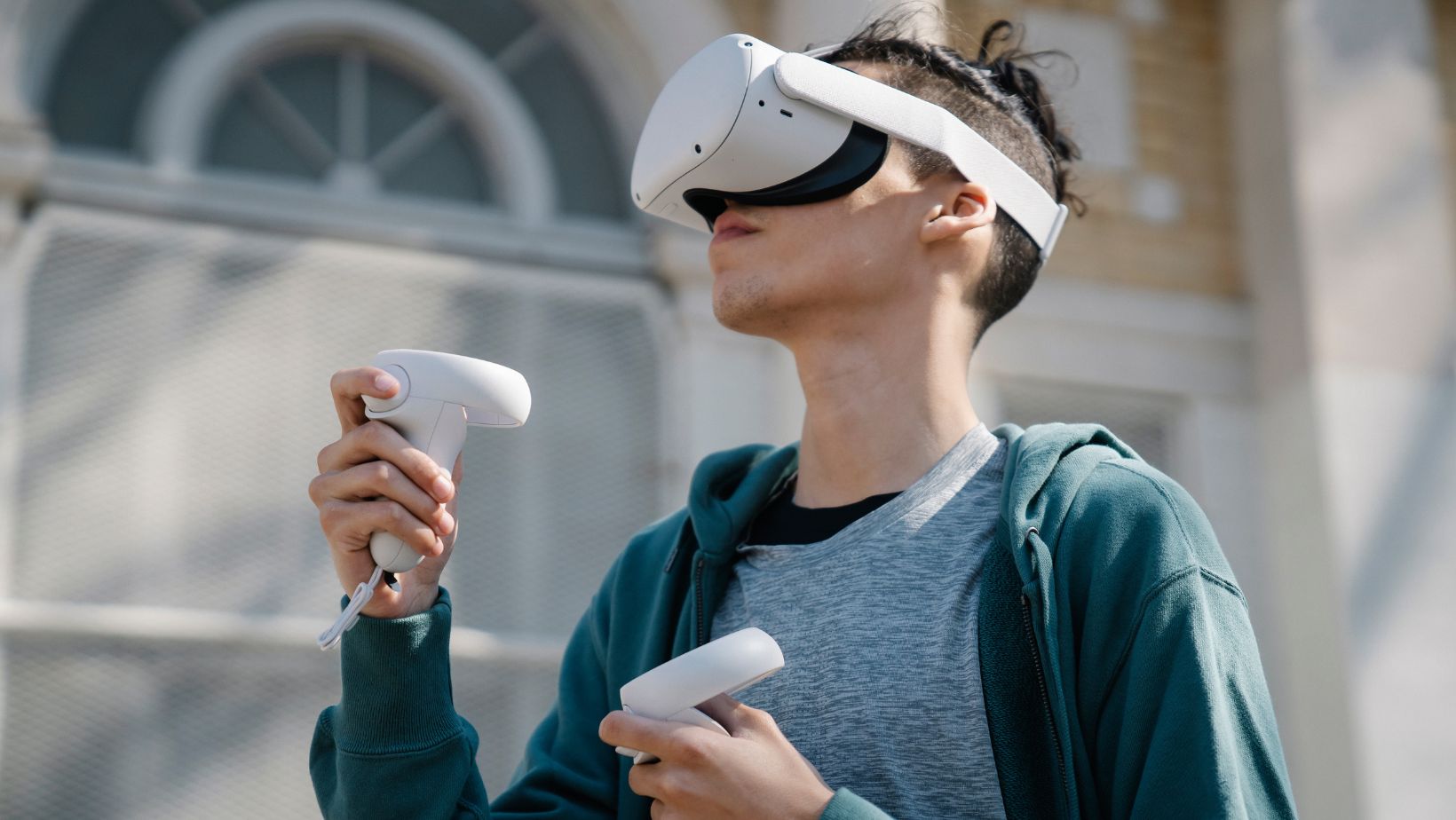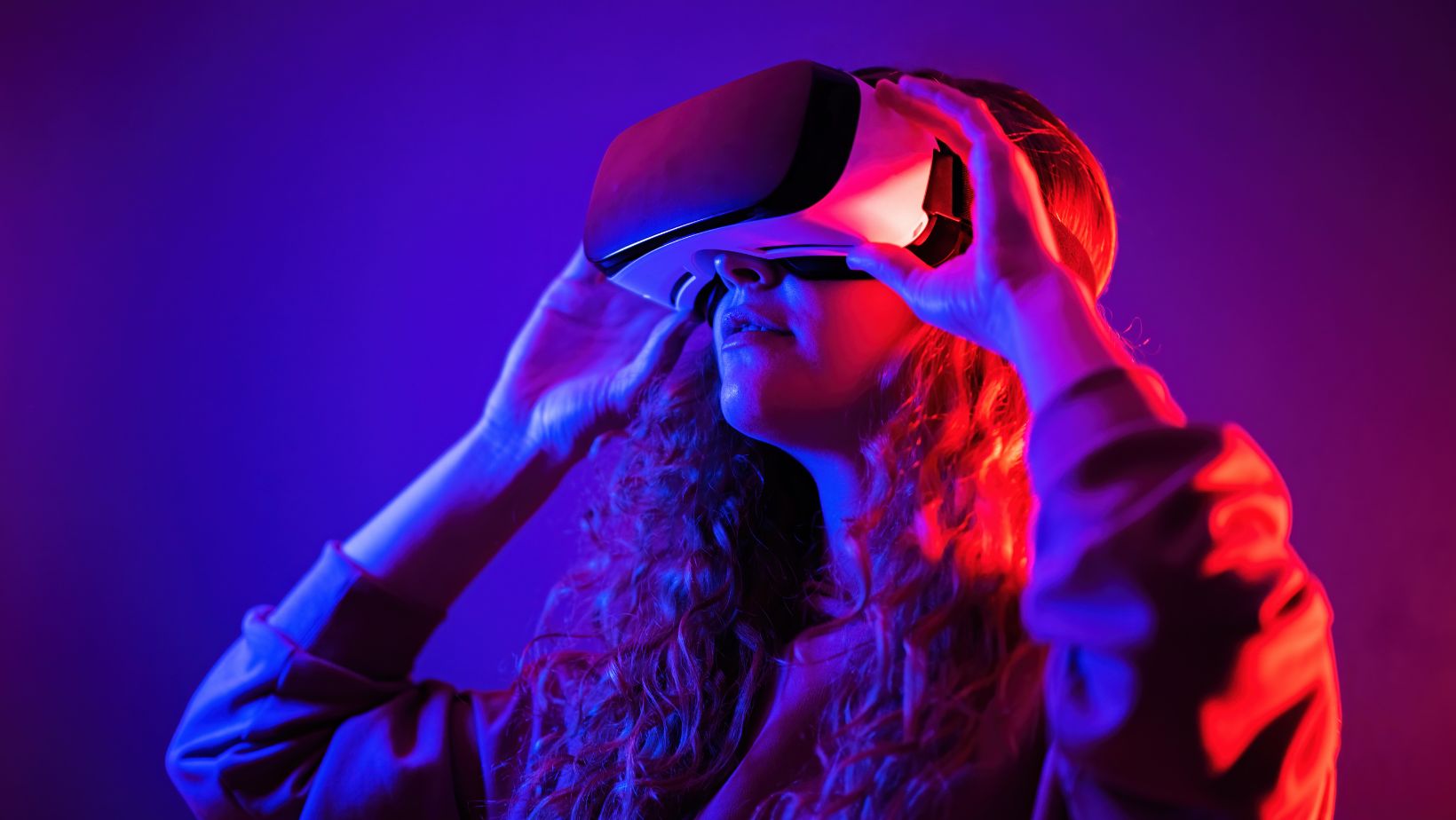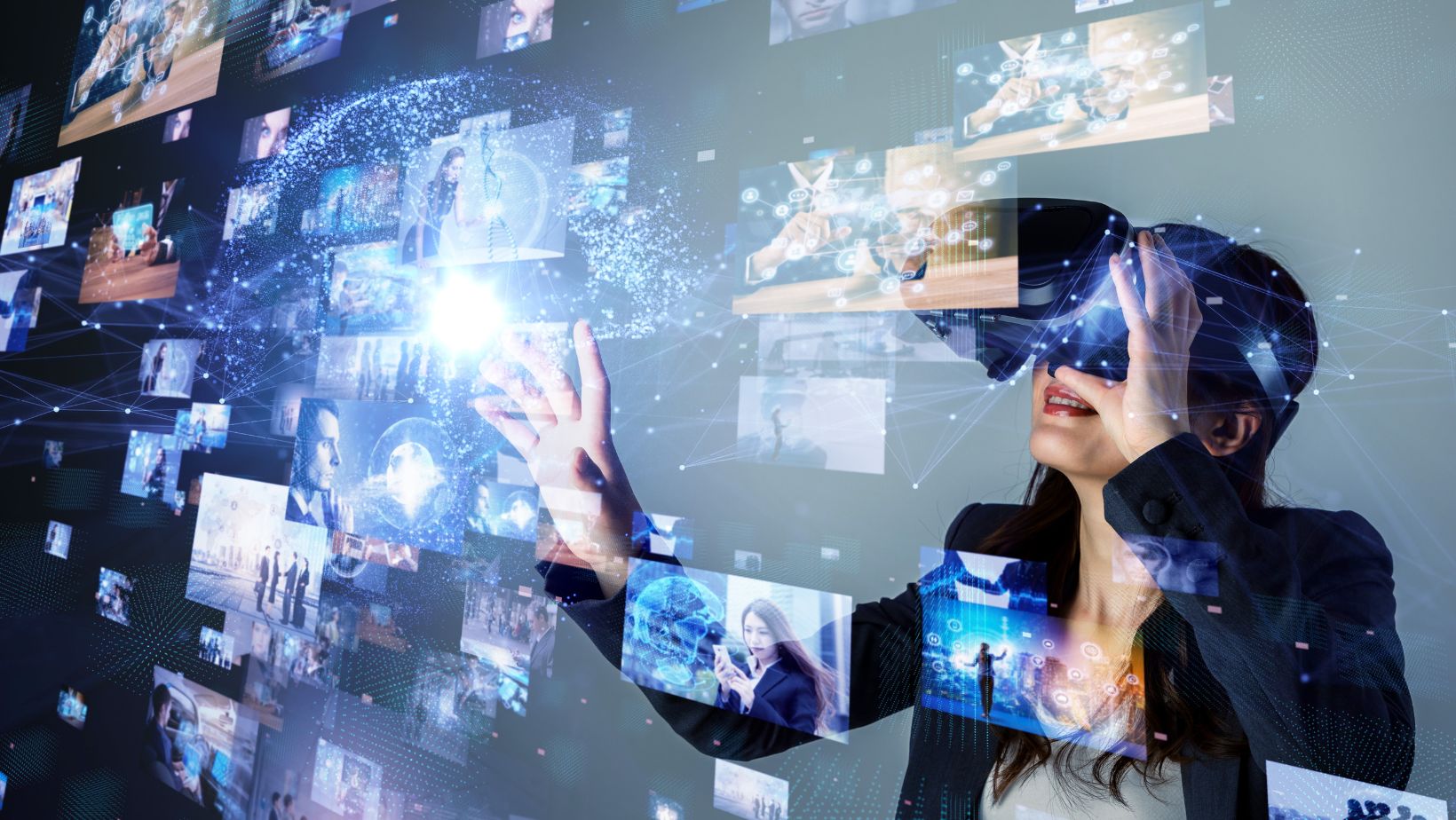Virtual Reality In The Workplace: Immersive Employee Training And Learning Experiences

In modern times, virtual reality (VR) has gained popularity in various industries and sectors. One area where VR technology is making an impact is the workplace. It revolutionizes employee training and learning experiences by creating captivating journeys. Through VR, companies can enhance their training programs and provide an environment for employees to practice skills and improve knowledge retention. This article explores how virtual reality is utilized in the workplace and examines how it benefits organizations and their workforce. After understanding its importance and advantages, you can incorporate VR in your workplace for immersive employee training and learning experiences.
Providing a Safe Environment For Skill Development
Employee training often involves real-life experiences or simulators that may not completely replicate realistic situations. Virtual reality changes this by offering a setting for employees to refine their skills without any risks or consequences. For instance, in industries like manufacturing or medicine, precision’s crucial VR simulations enable employees to practice tasks without fearing damage to equipment or endangering patient safety.
Moreover, VR allows trainees to make mistakes without harm while providing feedback to guide them toward the appropriate approach. This immediate feedback loop eliminates risks associated with trial and error scenarios. Using employee training tracking software for these purposes is recommended.
Improved Engagement And Retention of Knowledge
One of the challenges training methods face is keeping trainees engaged throughout the process. However, virtual reality (VR) technology allows organizations to create experiences that capture employees’ attention from beginning to end.
By immersing individuals in scenarios incorporating auditory and tactile sensations using specialized gloves or controllers, VR provides a vivid learning experience that stays with trainees long after completing their sessions. Studies have demonstrated increased information retention when individuals are immersed in reality compared to conventional classroom-style training.

Cost Effectiveness And Accessibility
Implementing training initiatives comes with costs associated with travel expenses, on-site instructors or trainers, physical resources like printed materials, or equipment setup fees – expenses that can be prohibitive, especially for small and medium-sized enterprises. However, companies can now transcend these limitations by leveraging VR technology and offering training sessions.
Employees can access training programs from anywhere in the world through VR headsets and software applications. This accessibility helps reduce costs and enables organizations to disseminate knowledge by deploying the same VR-based training module to multiple geographically dispersed employees simultaneously.
Customized And Personalized Learning Experiences
Each individual has their learning pace and preferences when it comes to acquiring knowledge. Therefore, relying on a one-size-fits-all training program might make some employees feel disengaged or overwhelmed.
Virtual reality provides the solution to address this issue by offering tailored learning experiences. Organizations can customize scenarios to meet the needs of each employee, adjusting difficulty levels based on their progress and performance. This personalized approach ensures every trainee receives a learning experience that maximizes skill development.

Simulating Real-Life Challenges
Certain professions require individuals to navigate situations or high-pressure environments. By incorporating reality into their training programs, organizations can expose employees to simulated real-life challenges that would be challenging or impossible through various methods.
For example, emergency response teams can practice crisis management in simulations replicating disaster scenarios like fires or natural disasters. Police officers can use scenario drills to develop de-escalation techniques without exposing anyone to danger. These lifelike simulations equip employees with the skills in real life when they encounter such circumstances.
Conclusion
Modern workplaces are transforming thanks to virtual reality technology reshaping how companies approach employee training and learning experiences. With its ability to create a space for improving skills, boosting engagement and memory retention, providing accessibility, personalizing learning experiences based on individual styles, and simulating real-life obstacles, virtual reality (VR) has undoubtedly become a crucial asset for organizations aiming to enhance their employees’ abilities. As this technology progresses further, we can anticipate engaging, influential, and effective training initiatives that optimize workforce performance across various industries and sectors.
-
Personal Finance12 months ago
How Do I Find My UCAS ID Number?
-
Success6 years ago
Consistency: The Key Ingredient to Success
-
Personal Finance12 months ago
What Does Conditionally Approved Mean For An Apartment?
-
Motivation3 years ago
How To Become a More Organized Person?
-
Others5 years ago
Work Health and Safety: 8 Reasons to Maintain a Clutter-free Office
-
Entrepreneurs4 years ago
Why Diversity is Key in Business Marketing
-
HK Pools12 months ago
The HK Pools Forum Comunity Jos Markotop 2D Warna Kuning – A Great Way to Stay Connected
-
Sport2 years ago
What Makes Soccer Betting So Great?



























